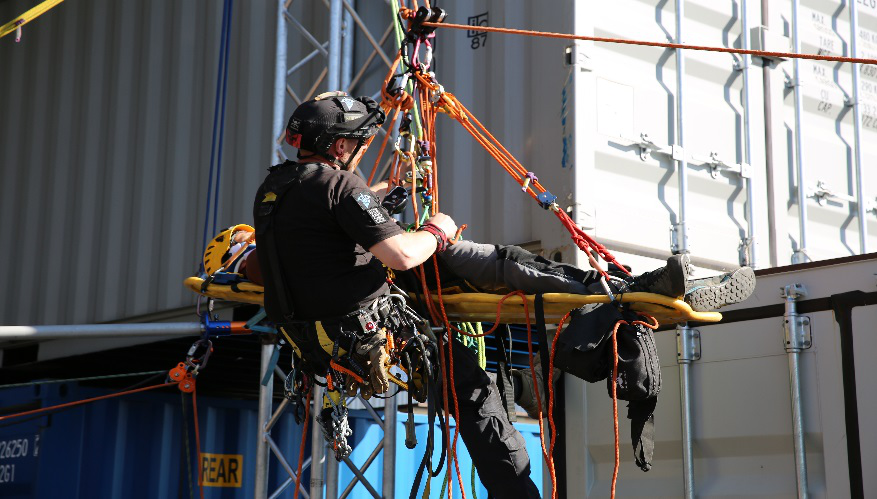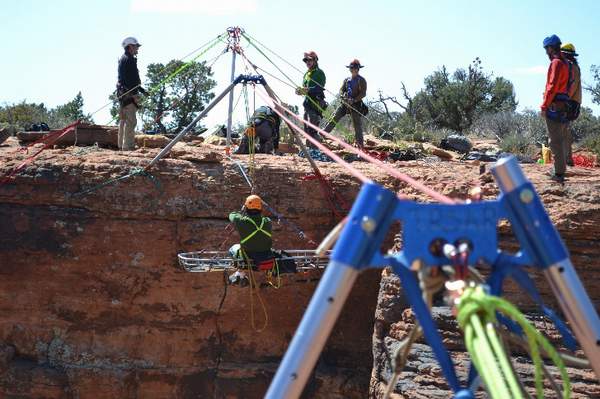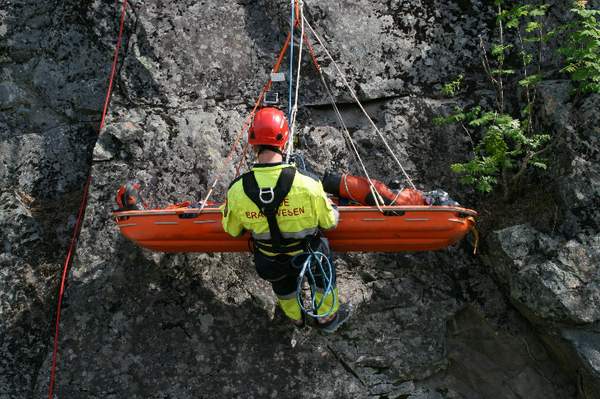Rope Technical Rescue Course System
Development and application
The use of ropes for rescue in various complex environments such as cities, fields, and industries is a very effective method for implementing rescue and rescue. It has the advantages of wide application, convenient use, easy portability and high reliability. Therefore, rope rescue and rope technology are widely used in the world.

Level 1 rope rescue technology course content
-
- 1.
- Basic risk assessment and risk management
- 2.
- Know professional high altitude rescue equipment
- 3.
- Recognize equipment standards and certifications
- 4.
- Maintenance and management of equipment
- 5.
- Assembly of personal high altitude rescue equipment
- 6.
- Commonly used for high-altitude rescue knots
- 7.
- Rope and packing rope
-
- 8.
- Basic suspension, hanging point
- 9.
- Large and small Y-type erection
- 10.
- Ascending, descending, conversion operations
- 11.
- Use the riser to descend and the descender to rise
- 12.
- Through knots and deviation points
- 13.
- Pass the small midway fixed point
- 14.
- Rope to rope conversion, using the seat
-
- 15.
- Rope protection in the middle of the rope, horizontal fixed point
- 16.
- Cable and anti-drop seat belt climbing, drop rescue
- 17.
- Subject assessment
- 18.
- Technical assessment
- 19.
- Review and feedback
Level 2 rope rescue technology course content
-
- 1.
- Level 1 technology revisit
- 2.
- Set up a large Y-Hang, determine the point in the middle, offset point
- 3.
- Recycling rope
- 4.
- Set up horizontal lifeline, tilt protection line
- 5.
- One-on-one rescue
- 6.
- (Rescue) carrying the injured person to determine the point in the middle
- 7.
- (Rescue) carrying the injured through the offset point
-
- 8.
- (Rescue) carrying the wounded from one set of ropes to another set of ropes
- 9.
- (Rescue) Connected rescue, assisted climbing status, or decentralized
- 10.
- Drag and drop system
- 11.
- Basic drag and drop (platform)
- 12.
- Hanging drag (from another independent rope)
- 13.
- Cross-drag
- 14.
- Subject evaluation
-
- 15.
- Technical assessment
- 16.
- Review and feedback
Level 1 Pulley towed rescue training course content
-
- 1.
- Pulley equipment
- 2.
- Understanding of the pulley drag system
- 3.
- The ideal effort ratio is better than the real effort
- 4.
- Tension calculation method
- 5.
- Knot
- 6.
- Fixed point erection
- 7.
- Fixed point selection
-
- 8.
- Rope travels up and down system conversion
- 9.
- Directly dragging and understanding
- 10.
- Full/half disengagement system awareness
- 11.
- Perform the drag and drop system from the platform
- 12.
- Cross-drag system
- 13.
- Tight rope erection
- 14.
- Tight rope rescue
-
- 15.
- V type drag rescue
- 16.
- T type drag rescue
- 17.
- Team rescue
- 18.
- Subject assessment
- 19.
- Technical assessment
- 20.
- Review and feedback
Level 2 Pulley towed rescue training course content
-
- 1.
- Tightening rope rescue - V, T type drag
- 2.
- Tightening rope rescue - tilt, level
- 3.
- Libra principle rescue
- 4.
- Assisting the safety requirements of the hand
- 5.
- Stretcher high turning fixed point management
- 6.
- Stretcher low turning fixed point management
- 7.
- Rock angle management - consider ensuring the system
-
- 8.
- Introduction of artificial high angle stand
- 9.
- Tripod erection principle
- 10.
- Each type of tripod bearing design
- 11.
- Each type of tripod erection
- 12.
- Subject assessment
- 13.
- Technical assessment
- 14.
- Review and feedback
Single rope technology operator training course content
-
- 1.
- The principle, structure and precautions of the force and structure of the lock and pulley
- 2.
- Raw materials, characteristics and precautions for the use of ropes and nylon products
- 3.
- Understanding of anchor equipment and installation tools
- 4.
- Anchorage installation force analysis and protection station setting principle
- 5.
- Rope installation common problems and precautions
- 6.
- The working principle of the riser, descender and rope grab and experimental data
- 7.
- Rise and fall exercises
- 8.
- System force analysis and testing
- 9.
- Install the rope down and recycle
- 10.
- Horizontal installation of ropes and recycling
-
- 11.
- Install the rope upwards and recycle
- 12.
- Equipment accidental damage or lost SRT basic operations
- 13.
- Installation and testing of the triangle station
- 14.
- Establishment and dragging of the pulley block system
- 15.
- One-on-one rescue technology
- 16.
- System security inspection and evaluation
- 17.
- Subject assessment
- 18.
- Technical assessment
- 19.
- Review and feedback



